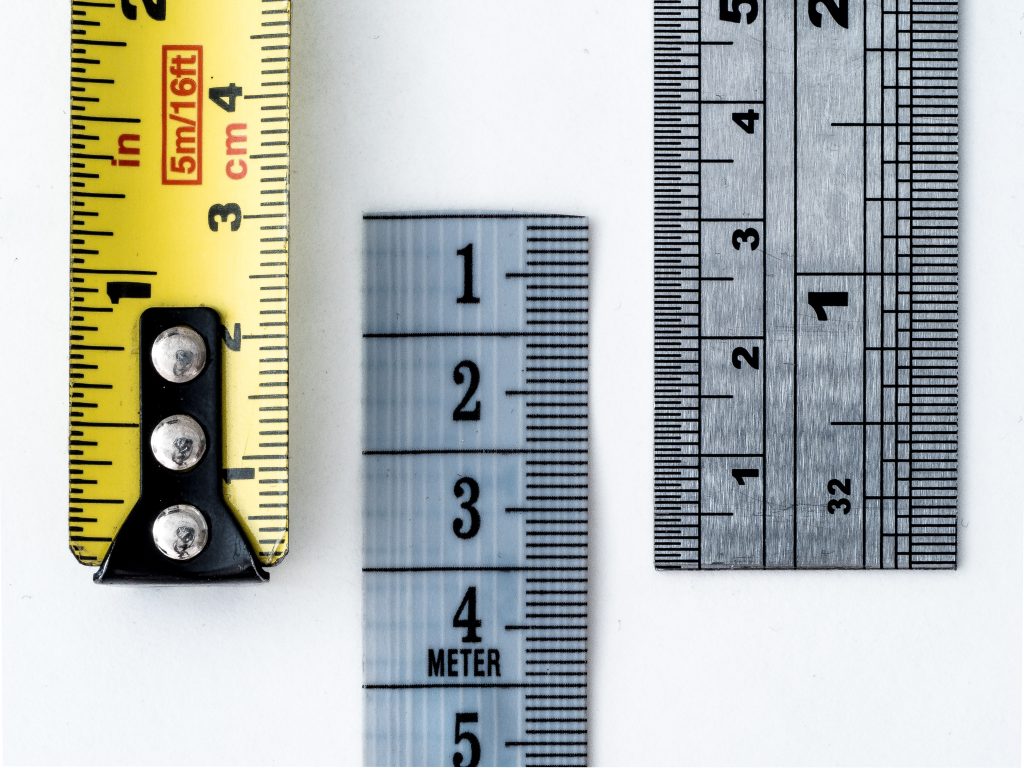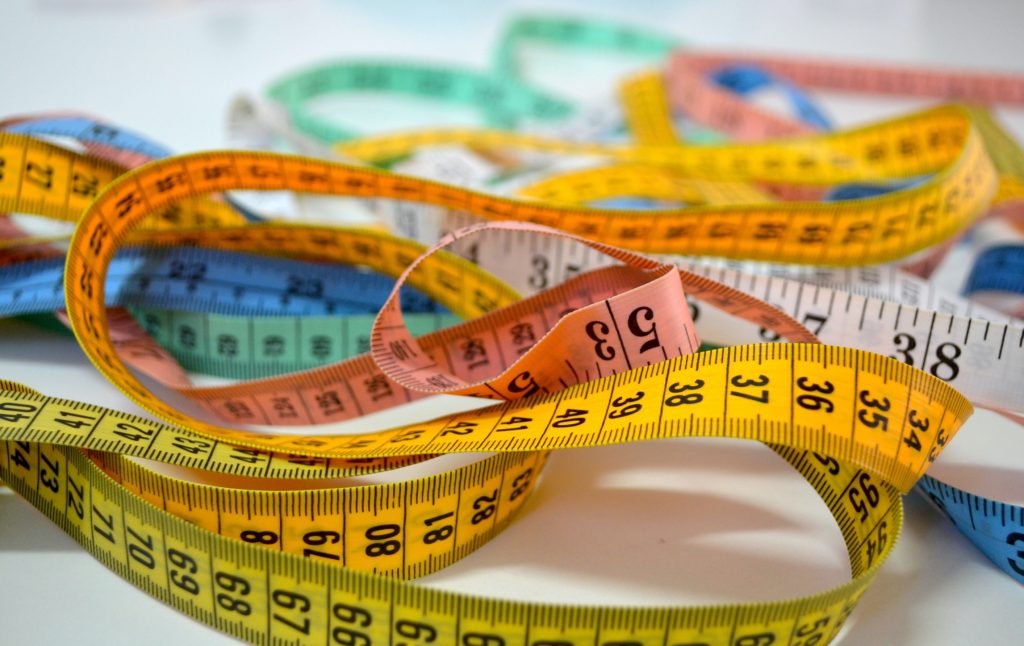Converting units of measurement is a common task in many fields, such as science, engineering, and sports. One common conversion meters to yards, which is often necessary when dealing with measurements in different countries or when working with international standards.
In this guide, I will discuss how to convert 100 meters to yards accurately and provide some background on the history of these units.
Understanding Meters and Yards
Definition and origin of the meter and yard:
The meter is the fundamental unit of length in the International System of Units (SI), which is based on the metric system. It is defined as the distance that light travels in a vacuum in 1/299,792,458 of a second. This definition was adopted in 1983 and is based on the speed of light, which is a universal constant.

The yard, on the other hand, is a unit of length in the imperial system, which is used in the United States and a few other countries. It is defined as exactly 0.9144 meters, which was established in 1959 by the International Yard and Pound Agreement between the United States, United Kingdom, Canada, Australia, New Zealand, and South Africa.
Difference between the metric and imperial systems:
The metric system is a decimal-based system of measurement that was first introduced in France in the late 18th century. It is based on the meter as the fundamental unit of length, the kilogram as the fundamental unit of mass, and the second as the fundamental unit of time. This system is used in most countries around the world and is known for its simplicity, consistency, and ease of use.
The imperial system, on the other hand, is a system of measurement that was originally developed in England and was based on the traditional units used in the British Isles. This system includes units of length, mass, volume, and temperature that are often based on historical or practical considerations, rather than scientific principles. This system is still used in the United States and a few other countries, but it is less commonly used internationally.
Basic conversion factors:
To convert between meters and yards, we need to know the conversion factor, which is the number of yards per meter or meters per yard. The conversion factor for meters to yards is 1.09361, which means that there are 1.09361 yards in every meter. The conversion factor for yards to meters is 0.9144, which means that there are 0.9144 meters in every yard.
To convert 100 meters to yards, we can use the conversion factor of 1.09361:
100 meters x 1.09361 = 109.361 yards
Therefore, 100 meters is equal to 109.361 yards.
To convert 100 yards to meters, we can use the conversion factor of 0.9144:
100 yards x 0.9144 = 91.44 meters
Therefore, 100 yards are equal to 91.44 meters.
Converting 100 Meters to Yards
Step-by-step conversion process:
Identify the conversion factor: To convert meters to yards, we need to use the conversion factor of 1.09361.
Set up the conversion equation: To convert 100 meters to yards, we can use the equation:
100 meters x 1.09361 = ?
Perform the calculation: Multiply 100 meters by the conversion factor of 1.09361:
100 meters x 1.09361 = 109.361 yards
Round the result: Since yards are typically rounded to two decimal places, we can round the result to get:
100 meters is equal to 109.36 yards.
Conversion formulas and calculations:
The formula for converting meters to yards is:
yards = meters x 1.09361
To convert 100 meters to yards, we can use this formula:
yards = 100 meters x 1.09361
yards = 109.361 yards
The formula for converting yards to meters is:
meters = yards x 0.9144
To convert 100 yards to meters, we can use this formula:
meters = 100 yards x 0.9144
meters = 91.44 meters
Common mistakes to avoid:
One common mistake when converting meters to yards is to use the incorrect conversion factor. The correct conversion factor is 1.09361, but some people may use 1.09 or 1.1, which can lead to inaccurate results.
Another common mistake is to forget to round the result to the correct number of decimal places. Yards are typically rounded to two decimal places, so it is important to follow this convention when reporting the converted value.
Tools and Resources for Converting 100 Meters to Yards
There are several tools and resources available to help convert 100 meters to yards accurately and efficiently. Some of the most popular tools include:

Conversion charts and tables: Conversion charts and tables can be useful for quickly converting between meters and yards without the need for calculations. These charts typically list common values in both units, allowing users to find the corresponding value in the other unit easily. They can be found online or in printed reference materials.
Online conversion calculators: Online conversion calculators are easy-to-use tools that allow users to convert between meters and yards by simply entering the value they wish to convert. These calculators typically provide instant results, making them a convenient and efficient option for converting measurements.
Smartphone apps: There are also several smartphone apps available that can help with converting measurements, including meters to yards. These apps can be downloaded and used on the go, making them a convenient option for people who need to convert measurements frequently.
Some popular examples of tools and resources for converting 100 meters to yards include:
ConvertUnits: An online conversion calculator that allows users to convert between meters and yards, as well as other units of measurement.
UnitConverter.net: An online tool that provides conversion tables for various units, including meters and yards.
The Measurement Converter app: A smartphone app that allows users to convert between various units of measurement, including meters and yards.
Tips for Making Accurate Conversions
Knowing the appropriate number of decimal places: It is important to know the appropriate number of decimal places when converting measurements to ensure accuracy. For example, when converting meters to yards, the result should typically be rounded to two decimal places since this is the convention for reporting yard measurements.
Rounding off conversion results: Rounding off the conversion result to the appropriate number of decimal places is also important for accuracy. It is important to round consistently throughout the calculation process and to follow the standard conventions for reporting measurements in the desired unit.
Double-checking the accuracy of the calculation: Double-checking the accuracy of the calculation is a good practice to ensure that the final result is correct. This can be done by using a different conversion tool or method to confirm the result, or by checking the calculation steps to ensure they were performed correctly.
Checking for unit consistency: It is important to check for unit consistency throughout the conversion process. For example, if the original measurement is in meters, then the conversion factor and final result should also be in yards, and vice versa.
Using reliable conversion tools: It is important to use reliable conversion tools, such as conversion charts, tables, calculators, or smartphone apps, to ensure accuracy. It is also important to use tools that are appropriate for the level of precision required for the measurement being converted.
FAQs
What is the difference between a meter and a yard?
A meter and a yard are both units of length measurement, but they belong to different systems of measurement. A meter is a unit of measurement in the metric system, while a yard is a unit of measurement in the imperial system. One meter is equivalent to 1.0936 yards.
What is the conversion factor for meters to yards?
The conversion factor for meters to yards is 1.0936. To convert meters to yards, you can multiply the length in meters by 1.0936, or divide the length in meters by 0.9144 (which is the reciprocal of 1.0936).
Can I convert meters to yards using a calculator?
Yes, you can easily convert meters to yards using a calculator. Simply multiply the length in meters by the conversion factor of 1.0936 to get the length in yards.
How many yards are in a 100-meter dash?
There are 109.36 yards in a 100-meter dash. This can be calculated by multiplying 100 meters by the conversion factor of 1.0936.
Is 1 meter equal to 1 yard?
No, 1 meter is not equal to 1 yard. One meter is equivalent to approximately 1.0936 yards.